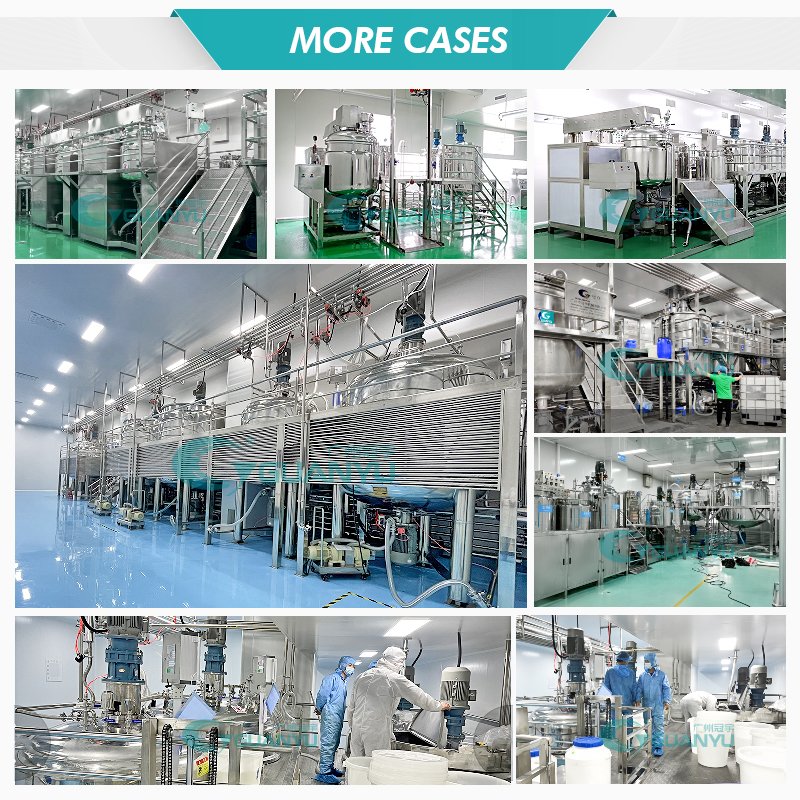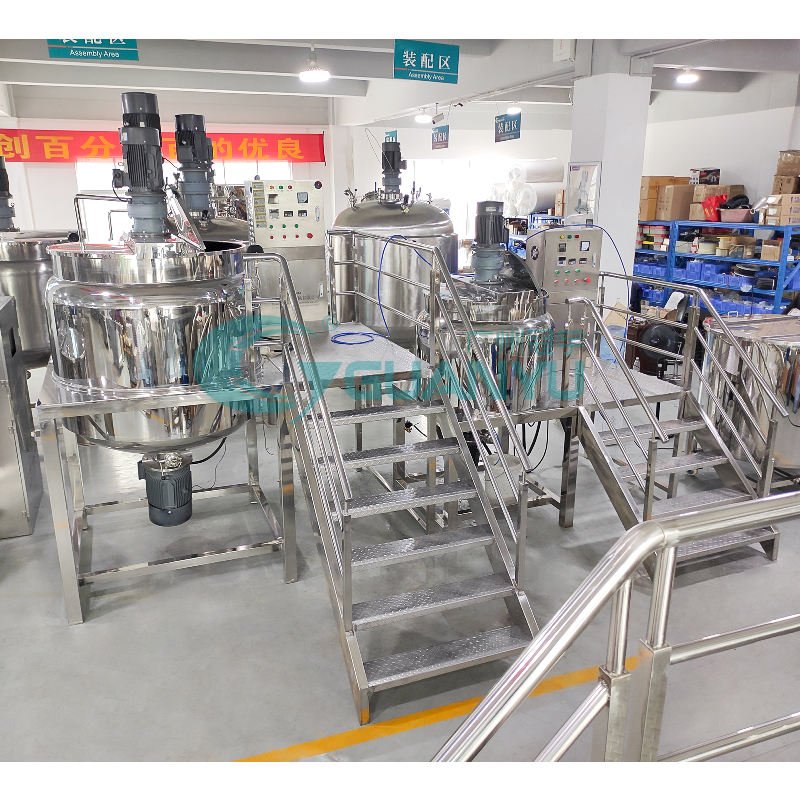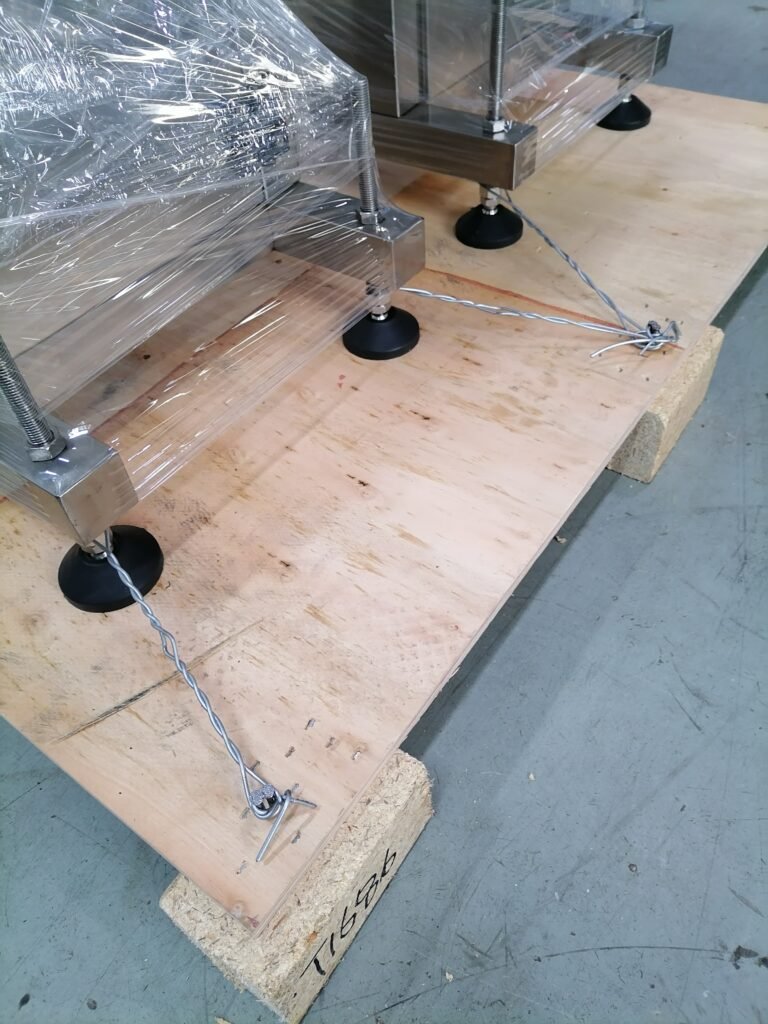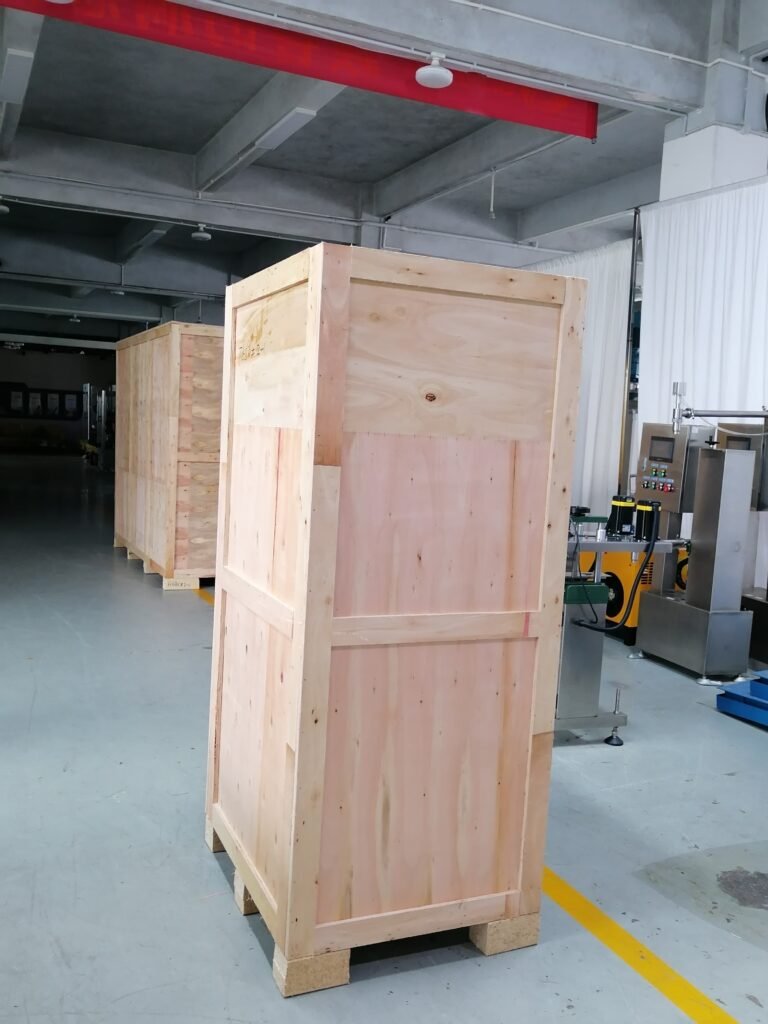About machine transportation and packing:Mechanical packaging and transportation play a pivotal role in ensuring the integrity and safety of products across various industries. The significance lies in safeguarding goods from damage, corrosion, and other environmental hazards during transit. Proper packaging not only shields the machinery from physical harm but also maintains its functionality and aesthetics. Moreover, efficient transportation logistics ensure timely delivery, reducing downtime and enhancing customer satisfaction. By employing suitable packaging materials, robust design principles, and strategic logistics planning, businesses can mitigate risks associated with handling delicate machinery. Ultimately, prioritizing mechanical packaging and transportation underscores a commitment to product quality, reliability, and customer trust in today’s competitive market landscape.

Machine Packaging Process
Before machinery embarks on its transportation journey, a meticulous packaging process is essential to ensure its safety and integrity. This process can be broken down into three crucial steps: testing the machine, applying plastic film protection, and securing the machine in wooden boxes.
Test Machine
Testing the machine prior to packaging is a fundamental step that ensures it is in optimal working condition. This involves comprehensive inspections and operational tests to detect any mechanical issues that could potentially worsen during transport. Conducting these tests helps to identify and rectify problems, thereby preventing delays and additional costs associated with repairs. Furthermore, documenting the machine’s condition before packaging provides a reference point in case of any disputes or claims post-transportation.
Following successful testing, we promptly provide clients with a comprehensive recorded video. Additionally, we are readily available to conduct live video demonstrations upon request, ensuring transparency and confidence in our products. It is imperative to emphasize that successful testing serves as the bedrock of machinery transportation, highlighting its indispensable role in ensuring optimal performance and customer satisfaction.

The Outer Plastic Film Protection and Fixation Measures of the Machine
Once the machine has been tested and deemed fit for transport, the next step involves applying protective plastic film. This plastic film acts as a barrier against dust, moisture, and other environmental factors that could cause damage during transit. Various types of plastic films can be used, including shrink wrap and stretch film, each offering different levels of protection. The film is tightly wrapped around the machine, ensuring it adheres closely to its contours. Fixation measures, such as using straps or adhesive tapes, are employed to keep the film securely in place, further safeguarding the machinery from shifting or exposure.


Staple Wooden Boxes
The final layer of protection involves placing the machinery in robust wooden boxes. These boxes are constructed from high-quality timber, designed to withstand the rigors of transportation. Wooden boxes offer several benefits: they provide structural support, absorb shocks, and prevent external impacts from reaching the machine. Additionally, the interior of the wooden boxes can be customized with padding and supports to accommodate the specific shape and size of the machinery, ensuring a snug fit. The use of staple wooden boxes not only enhances the security of the transported machinery but also facilitates easier handling and stacking during loading and unloading processes.


Sea, Land, and Air Machine Transportation
When it comes to transporting machinery, the mode of transportation chosen plays a pivotal role in ensuring both efficiency and safety. Each method—sea, land, and air—comes with its unique set of requirements and challenges, which must be meticulously managed to prevent any damage to the machinery and ensure timely delivery.

Sea Transportation
Sea transportation is often the preferred choice for moving large and heavy machinery over long distances. This method leverages containerization, which involves securing machinery in standardized containers that facilitate easier handling and stacking on cargo ships. The process begins with thorough preparation, including cleaning and disassembling machinery to fit within the container dimensions. Once packed, machinery is loaded onto ships at ports, where specialized equipment ensures safe and efficient handling.
Ports play a crucial role in the sea transportation process. Coordinated logistics, including port handling and customs clearance, are essential to avoid delays. The challenges in sea transportation primarily revolve around managing the risks of maritime conditions and ensuring compliance with international shipping regulations. Proper documentation, insurance, and adherence to safety protocols are indispensable components of this transportation mode.
Land Transportation
Land transportation, encompassing both trucks and trains, is indispensable for moving machinery across shorter distances or for the initial and final legs of multimodal transport. Trucks offer flexibility in route planning and can access remote locations that trains cannot. However, the logistics of moving heavy machinery by truck require careful planning. This includes selecting appropriate vehicles, securing loads to prevent shifting, and obtaining necessary permits for oversized loads.
Safety is a significant concern in land transportation. Route planning must consider road conditions, bridge capacities, and traffic regulations to avoid potential hazards. Additionally, driver expertise and adherence to road safety measures are critical to prevent accidents. Trains, on the other hand, provide a more stable and secure mode for long-distance land transport, especially for bulkier machinery. They offer a higher capacity and can significantly reduce the risk of damage compared to road transport.
Air Transportation
Air transportation is the fastest but most expensive option for transporting machinery. This mode is typically reserved for urgent deliveries or high-value equipment where time is a critical factor. The primary considerations for air freight include weight and dimension compliance, as aircraft have strict limitations on cargo size and weight. Machinery must be meticulously measured and weighed to ensure it meets airline specifications.
Special handling procedures at airports are essential to protect machinery during loading and unloading. This includes using specialized equipment and ensuring that all cargo is securely fastened to prevent movement during flight. Additionally, comprehensive documentation and customs clearance are necessary to facilitate smooth and rapid transit. While costly, air transportation offers unparalleled speed and reliability, making it an invaluable option for certain scenarios.
Insights
Expert insights and best practices are indispensable for ensuring the safe and efficient transportation of machinery. One of the fundamental aspects to consider is the selection of appropriate packaging materials. The right packaging can significantly mitigate the risks associated with machine transport. Opt for sturdy, high-quality materials that provide adequate cushioning and protection against shocks and vibrations. Specialized packaging solutions, such as custom crates and padded containers, can offer additional safeguards for sensitive and high-value equipment.
Thorough planning and risk assessment are critical components of a successful transportation strategy. Detailed planning should encompass every stage of the process, from disassembly and packing to loading, transit, and unloading. Conduct a comprehensive risk assessment to identify potential hazards and develop contingency plans. This proactive approach can help prevent delays and damage, ensuring that the machinery reaches its destination in optimal condition.
Mitigating common issues encountered during transport requires strategic thinking and practical solutions. For instance, securing the load properly is paramount to preventing movement and potential damage during transit. Utilize straps, braces, and other securing mechanisms to immobilize the machinery. Additionally, consider the route and mode of transportation carefully. Assess factors such as road conditions, weather, and the capability of the transport vehicle to handle the weight and dimensions of the machinery.
Looking ahead, the landscape of machine transportation is poised for transformation with emerging trends and technologies. Innovations such as IoT-enabled tracking systems and real-time monitoring can enhance the transparency and security of the transportation process. Autonomous vehicles and drones are also gaining traction, offering potential alternatives to traditional transport methods. These advancements could lead to more efficient, cost-effective, and safer machine transportation solutions in the near future.

